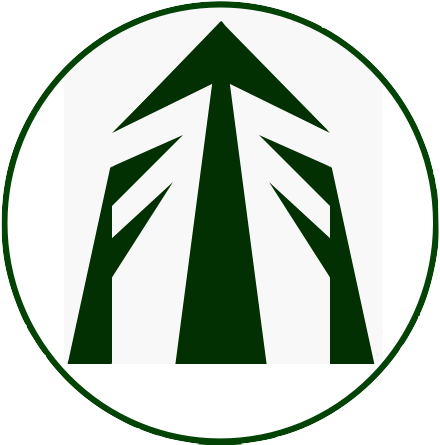The New Zealand Building Code
Both durability and structural performance of timber must comply with the Building Code. Some building elements are required to last a minimum of 50 years (those that are hard to replace, e.g structural timber), whereas those that are easy to replace, e.g. weatherboards or decking are required to last a minimum of 15 years.
Proving compliance is either via "Acceptable Solution" or "Verification Method". Acceptable Solutions are step-by-step solutions referenced in the Building Code that must be accepted as compliant. Verification Methods are tests, calculations or evidence that prove compliance.
Acceptable Solutions
"Acceptable Solutions" are sometimes referred to as "cookbook" solutions because they prescribe a "recipe" for ensuring compliance. They are usually documented in Standards. Acceptable Solutions MUST be accepted by your Building Consent Authority (BCA) as complying with the Building Code.
The two Acceptable Solution standards used for timber buildings are NZS 3602 (for durability) and NZ 3604 (for structure).
Verification Methods
If your timber species is not listed in the Acceptable Solution standard NZS 3602 Timber and wood-based products for use in building, you'll need to prove to your BCA that it will perform adequately using an Alternative Solution (see below).
Proving that your timber species is durable uses the Verification Method B2/VM1, with the Alternative Solution demonstrating that durability under the exposure conditions the timber component would be subject to.
If you are going to use your timber species for structural applications, you'll need to engage a structural engineer to design your building, who'll use NZS 3603 Timber Structures Standard as their verification method. This is because the Acceptable Solution, NZS 3604 Timber-framed buildings, applies only to radiata pine and Douglas fir. Engaging an engineer to design your building is the only option available. Specialty Timbers NZ are working on a number of initiatives to address this issue, which arbitrarily penalises specialty structural timbers.
Alternative Solutions
An Alternative Solution is a building design, of all or part of a building, that demonstrates compliance with the Building Code. It can include a material, component or construction method that differs completely or partially from the acceptable solution clauses of the building code.
The BCA will require a clear understanding of what the building consent applicant is trying to achieve, and any proposed alternative solution must contain sufficient evidence that shows how the identified performance criteria of all relevant clauses will be met.
The evidence is assessed by the BCA who will decide whether to issue a building consent. If a dispute arises over a BCA's decision on a building consent, a "determination" may help to resolve this. A determination is a binding decision made by the regulator, the Ministry of Business, Innovation and employment (MBIE) to solve disputes or questions about the rules that apply to buildings. MBIE can also initiate a determination where it believes it is necessary to achieve the aims of the Building Act.
Specialty Timbers NZ are publishing our own Alternative solutions for our members.
Durability Performance
As "life expectancy" can vary according to timber species and exposure conditions, compliance for each timber building component must be demonstrated to the BCA. This is either via:
- the Acceptable Solution NZS 3602 Timber and wood based products for buildings, which provides the common timber species that are deemed acceptable for different building applications; or
- The Verification Method from Clause B2/VM1 to prove durability performance through an Alternative Solution for species or products not listed in NZS 3602.
More detail on durability see Durability and the building code »
Structural Performance
Before you design your building, discuss structural timber options with your architect or engineer. If you want to use natural timbers for exposed beams, rafters or framing, then plan your design for these timbers. For simplicity we generally recommend designing with SG 6 timber. Once your designer locks in SG8 preservative-treated radiata pine, your options will be limited.
For structural timber Clause B1 of the Building Code requires:
- NZS 3604 as the Acceptable Solution; or
- NZS 3603 as the Verification Method.
For more detail on structural timber see Structural Specialty Timbers and the Building Code »
Disclaimer: While every effort is made to ensure the accuracy of the information provided on this site, Specialty Timbers New Zealand inc. do not accept liability for any consequences arising from reliance on the information published. If readers have any doubts about acting on any articles they should seek confirming, professional advice.
 Specialty Timbers New Zealand
Specialty Timbers New Zealand